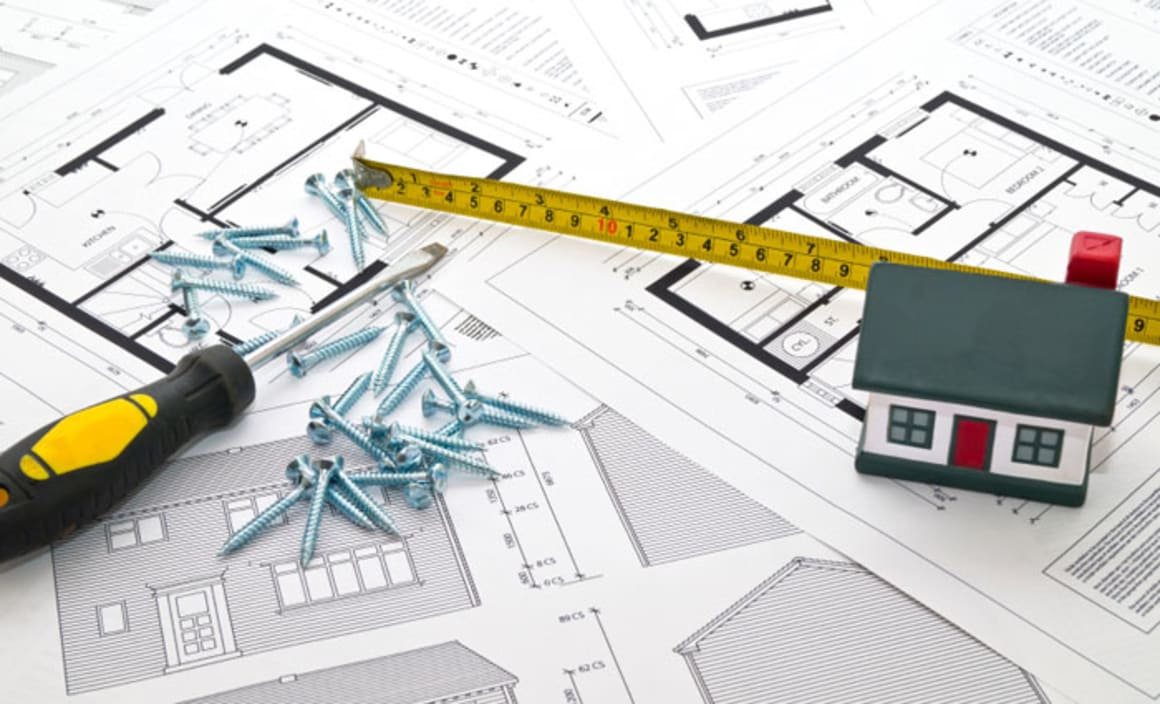Building approvals remain resilient in face of falling dwelling values: Cameron Kusher

EXPERT OBSERVATION
The Australian Bureau of Statistics (ABS) has released building approvals data for April 2018. Looking specifically at dwelling approvals, there were 18,701 houses and units approved for construction in April 2018.
The number of approvals is remarkably resilient considering that dwelling values are falling and there has been a significant volume of new housing approved over recent years.
In fact, building activity data for the December 2017 quarter showed there was a record high 46,359 dwellings approved for construction that had not yet commenced.
Since December 2017 a further, 77,634 dwellings have been approved for construction, it will be interesting to see just how many actually are built in the short-term given the backlog which already exists awaiting commencement.

In April 2018, the 18,701 dwelling approvals were split between 10,618 approvals for houses and 8,083 approvals for units. The 18,701 approvals was the lowest monthly number of approvals since December 2017 however, house approvals were 0.7% higher over the month while unit approvals were -11.6% lower.
The 10,618 house approvals was actually the greatest monthly number of approvals since April 2015 while the 8,083 unit approvals was the fewest since December 2017. House approvals in April 2018 were just -2.2% lower than their recent cyclical peak while unit approvals were -31.9% lower than their peak.

Taking a closer look at units the data shows that approvals for high rise and townhouses fell over the month while low-rise unit approvals increased moderately. The chart also highlights the magnitude of the surge in high-rise approvals over recent years.
Historically the number of high-rise units and townhouse approvals has been fairly similar however, over recent years high-rise units have well and truly dominated the landscape.
With high rise unit projects becoming harder to make stack-up and presales more difficult as values fall, it’s expected that going forward there will be fewer high-rise approvals and potentially an uplift in medium density approvals such as low- rise units and townhouses.

The above chart shows a six month trend of the monthly house approvals data across each capital city. The charts show a clear declining trend in house approvals across Sydney, Brisbane, Perth and Adelaide. At the same time, approvals have remained steady over recent months in Melbourne and Darwin and have started to lift in both Hobart and Canberra.

On average over the past six months there have been far more units approved for construction in Sydney, Melbourne and Canberra and far more units approved in each of the other capital cities.
Although unit approvals have eased back of late, they remain close to historic highs in Melbourne and remain well above long-term average levels in Sydney, Brisbane, Adelaide and Canberra.
After years of booming unit approvals and a more moderate lift in house approvals, the recent falls in unit approvals comes at a time in which house approvals are climbing. As the data has shown, the recent declines in unit approvals are being led by high-rise units approvals which have surged to record levels over recent years.
Difficulty with getting finance and the necessary presales to proceed with large scale projects is likely to mean that moving forward houses and lower-density unit projects are likely to be the preferred options for developers.
That’s not to say that high-rise projects still won’t occur but they aren’t expected to be occurring at the magnitude seen over recent years.
Of course just because a dwelling is approved for construction doesn’t mean it will get built immediately.
The building activity data for the end of 2017 showed a record high volume of dwellings approved for construction but not commenced. If anything we would anticipate the number of dwellings in this category to increase further over the coming quarters, especially given the ongoing weakening of the Sydney and Melbourne housing markets.